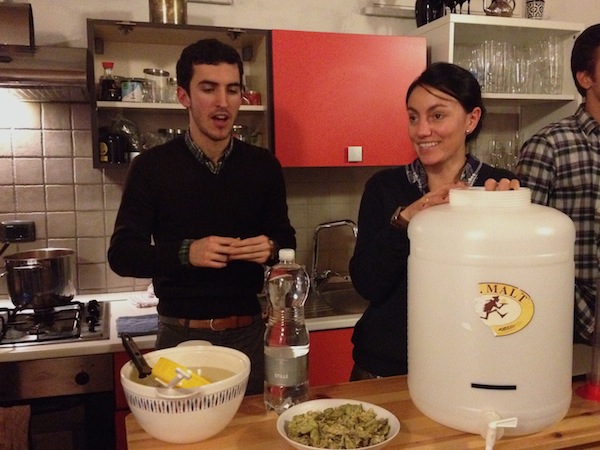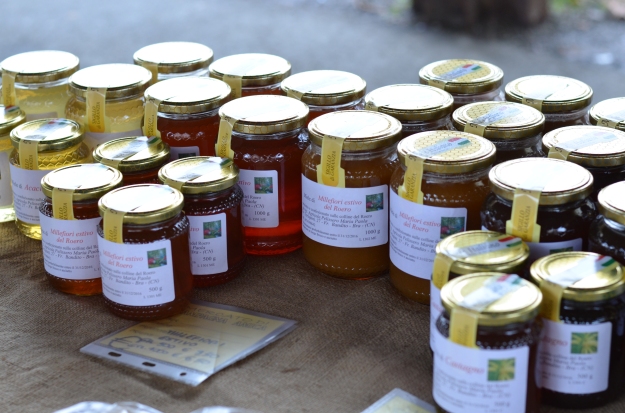 You know your a bit food-obsessed when you electively choose to take a field trip to an
You know your a bit food-obsessed when you electively choose to take a field trip to an
asparagus farm on a sunny Saturday instead of heading to the sea or lingering away the day sipping a spritz or two alfresco. This isn’t so far fetched when you’re going to food school with a group of like-minded people. Last weekend, my fellow classmates woke up earlier then the weekend norm, skipped out on our morning café and cornetto, and piled into a half dozen cars to make way to the tiny village of Santena, just southeast of Turin.
Santena is famous for their asparagus – it’s known throughout Italy for growing some of the best asparagus in the country. Christina, an alumna of UNISG, met us at her small family farm to show us their asparagus fields. They grow just enough asparagus to supply a few local restaurants and to sell to members of the community out of their home. This was the first time I had ever seen how asparagus grows and I was quite surprised by the process. They have just two small plots of land dedicated to asparagus. One is currently being harvested while the other won’t be harvested until next spring. The interesting thing about asparagus is that when seeds are first put down the plants must mature for two full years before they can be harvested. The third year after planting is the first year they’ll be harvested and enjoyed. Then, after that first harvest, the asparagus plants keep giving, as they are perennials, for 10 to 12 more seasons.
Harvesting is quite a labor-intensive process. Christina’s family’s asparagus is all hand
harvested – her father was out in the field harvesting the morning’s crop when we arrived. The season in Italy lasts about two months, from mid-April to mid-June, and during the height of the season the asparagus is usually harvested twice a day since it can grow at an astonishing rate of 20 cm a day.
After a morning out in the fields we found our stomachs grumbling for lunch. We piled back into our cars for a quick drive to the nearby restaurant, L’Antico Poppio, where we enjoyed a leisurly asparagus-centric lunch in order to taste the locals’ favorite springtime vegetable. For serious asparagus lovers only – the lunch consisted of four courses and four preparations of the vegetable, all served family-style. We started with platters of blanched asparagus served with flavorful aioli for dipping. Then came asparagus wrapped with prosciutto crudo and Stracchino cheese and baked with even more Stracchino, Parmigiano-Reggiano and cream – a sort of retro-style casserole that was extremely addictive. Our next course consisted of ricotta and herb ravioli dressed in a simple asparagus and prosciutto cotto sauce. And finally, when we has already easily consumed about a pound of asparagus each, came asparagus cooked in a healthy dose of butter and finished with a heavy hand of Parmigiano-Reggiano. We were half expecting dessert to consist of asparagus as well but luckily it was a simple but delicious tiramisù, a welcomed change after all that asparagus. Yet, even after all of that asparagus, I found myself craving more not too long after I had thought I had my fill for the season. The next evening, all it took was risotto made with a handful of Christina’s family’s asparagus that I had brought home to nix the craving.























































